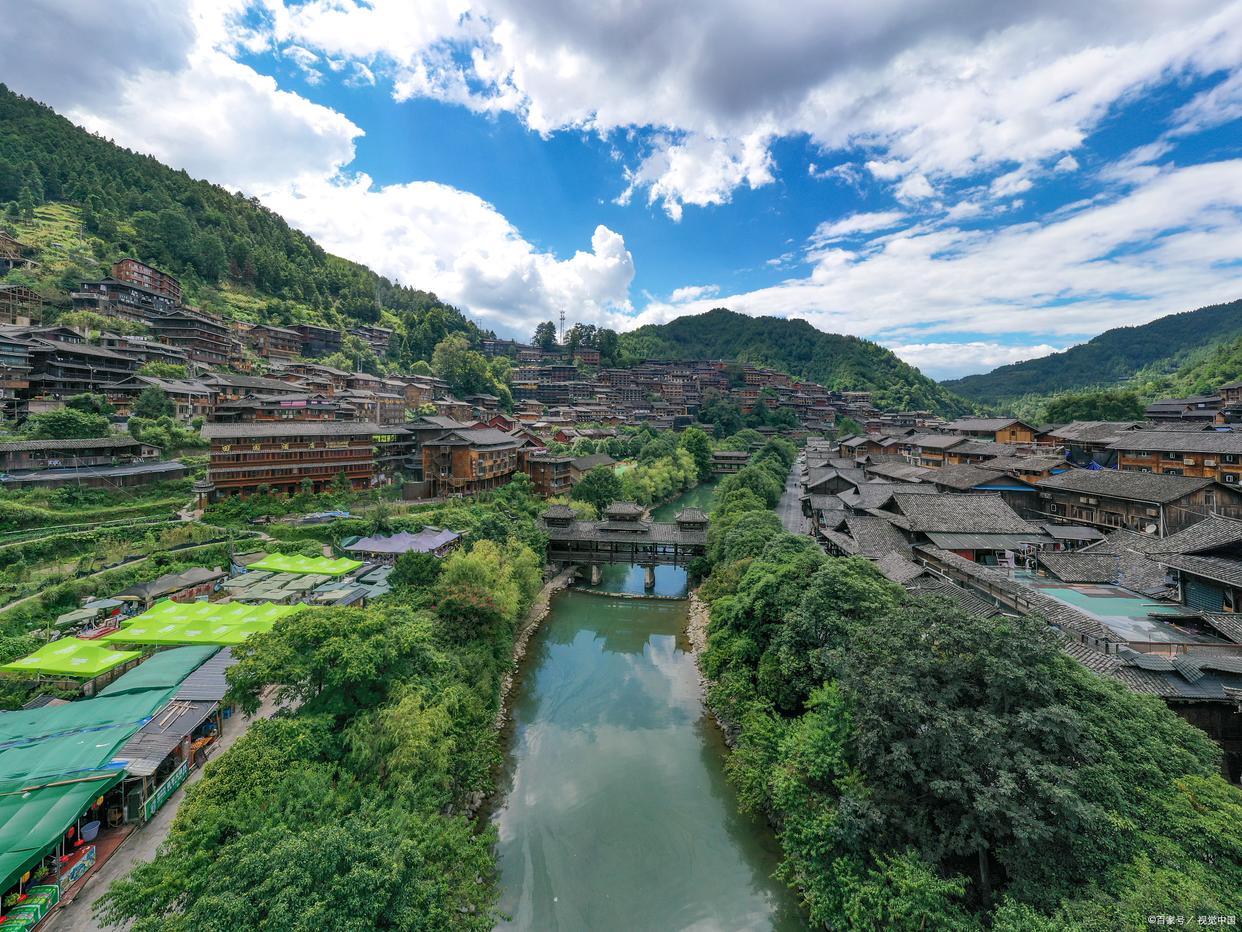

Rongjiang County
Rongjiang County, located in the southeastern part of Guizhou Province, China, is a region rich in ethnic diversity and cultural heritage. As part of the Qiandongnan Miao and Dong Autonomous Prefecture, the county is home to various ethnic groups, including the Miao, Dong, Shui, and Yao communities. Visitors to Rongjiang can explore traditional villages such as Dali Dong Village, known for its well-preserved wooden stilt houses and vibrant festivals, and Zaidang Dong Village, celebrated as the birthplace of the Grand Song of the Dong Ethnic Group. The county's picturesque landscapes, featuring terraced fields and lush forests, offer a serene backdrop for cultural immersion and eco-tourism.
Information
Ticket price
Time
Location
Rongjiang County, Qiandongnan Miao and Dong Autonomous Prefecture, Guizhou, China
View maps
More about the trip
Rongjiang County: A Tapestry of Ethnic Cultures and Natural Beauty
Rongjiang County, located in the southeastern part of Guizhou Province, China, is a region rich in ethnic diversity and cultural heritage. As part of the Qiandongnan Miao and Dong Autonomous Prefecture, the county is home to various ethnic groups, including the Miao, Dong, Shui, and Yao communities. Rongjiang offers a captivating blend of traditional customs, vibrant festivals, and stunning natural landscapes, making it an ideal destination for cultural immersion and eco-tourism.
What to See and Do
Dali Dong Village: Visit this well-preserved traditional Dong village, known for its wooden stilt houses, wind and rain bridges, and drum towers. It offers a tranquil and authentic glimpse into Dong culture.
Zaidang Dong Village: Celebrated as the birthplace of the Grand Song of the Dong Ethnic Group (a UNESCO Intangible Cultural Heritage), this village is a great place to experience the polyphonic choral music of the Dong people.
Basha Miao Village: While a bit further, Basha Miao Village is famous for being the "Last Gunmen Tribe of China," preserving ancient customs and unique traditions, including men carrying muskets and distinctive hairstyles.
Rice Terraces: The surrounding mountains are adorned with beautiful rice terraces, especially picturesque during planting (spring) and harvest (autumn) seasons.
Local Markets: Explore the local markets in Rongjiang town, where you can find traditional handicrafts, fresh produce, and local snacks. It's a great place to observe daily life and interact with locals.
Festivals: Rongjiang hosts numerous colorful ethnic festivals throughout the year, offering opportunities to witness traditional costumes, music, and dance performances. Check the local festival calendar before your visit.
Best Time to Visit
Spring and autumn offer the most pleasant weather. If you're interested in experiencing a festival, check the local calendar, as these are often the most vibrant times to visit.
How to Get There
Rongjiang County is well-connected by high-speed train from Guiyang and other major cities in Guizhou. The Rongjiang Railway Station is a major hub. Buses also connect Rongjiang to its surrounding villages and towns.
Travel TipsWear comfortable shoes: You'll be doing a lot of walking, especially if you visit the surrounding villages.
Respect local customs: Be mindful and respectful of the traditions and beliefs of the ethnic minorities.
Photography: The colorful costumes and unique architecture offer excellent photo opportunities, but always ask for permission before photographing individuals.
Consider a local guide: For deeper insights into the ethnic cultures and historical sites, a local guide can be very helpful.
Wear comfortable shoes: You'll be doing a lot of walking, especially if you visit the surrounding villages.
Respect local customs: Be mindful and respectful of the traditions and beliefs of the ethnic minorities.
Photography: The colorful costumes and unique architecture offer excellent photo opportunities, but always ask for permission before photographing individuals.
Consider a local guide: For deeper insights into the ethnic cultures and historical sites, a local guide can be very helpful.





